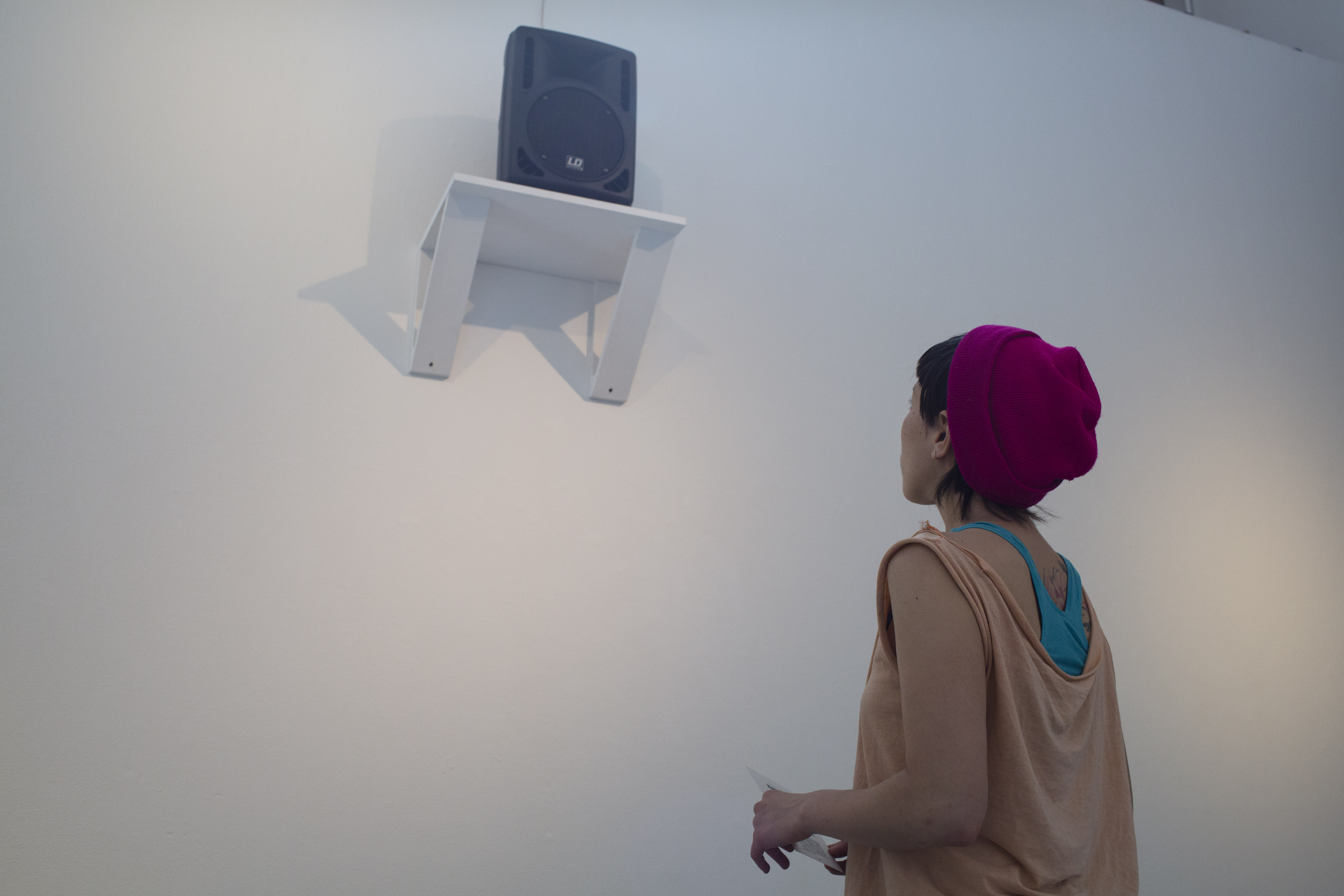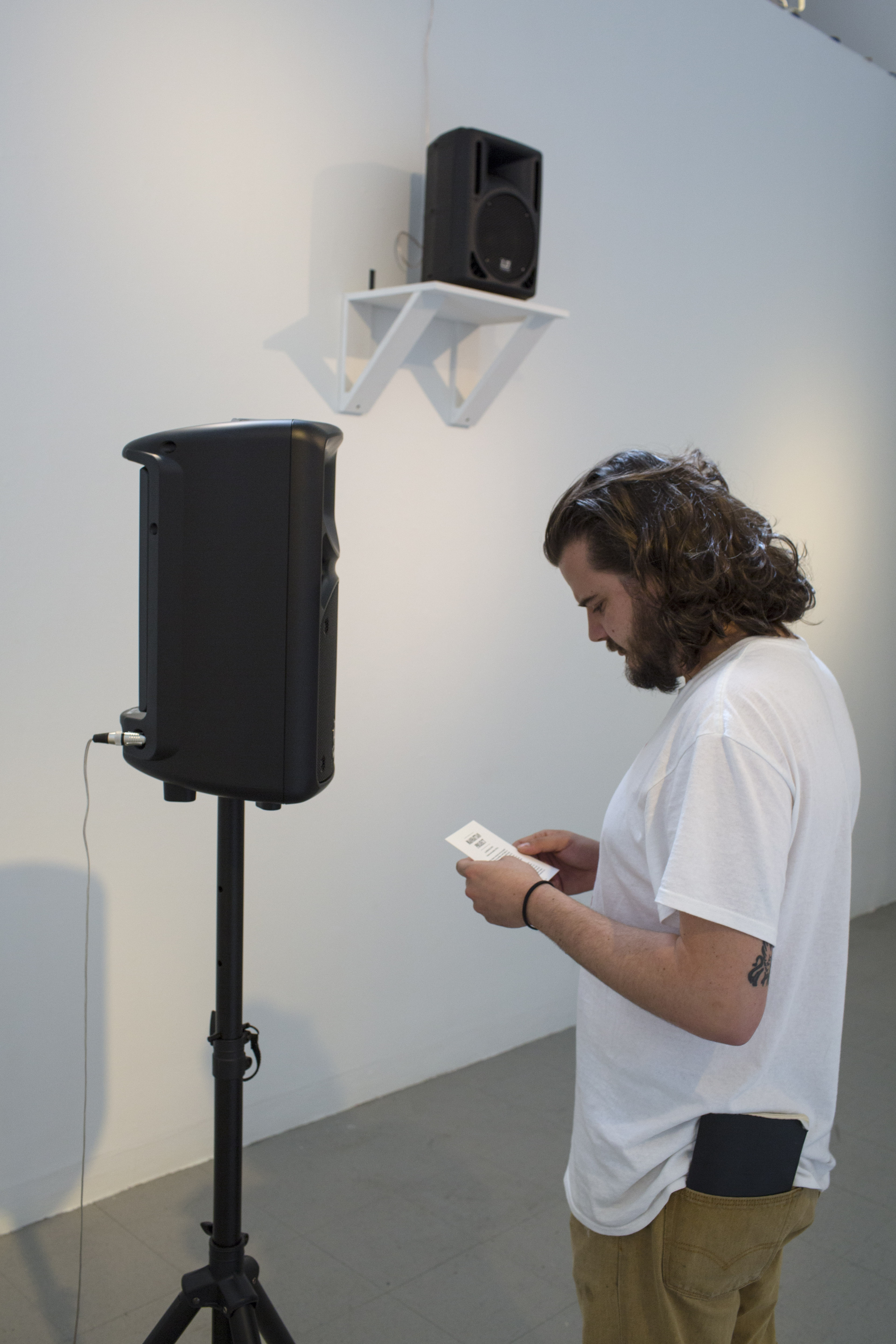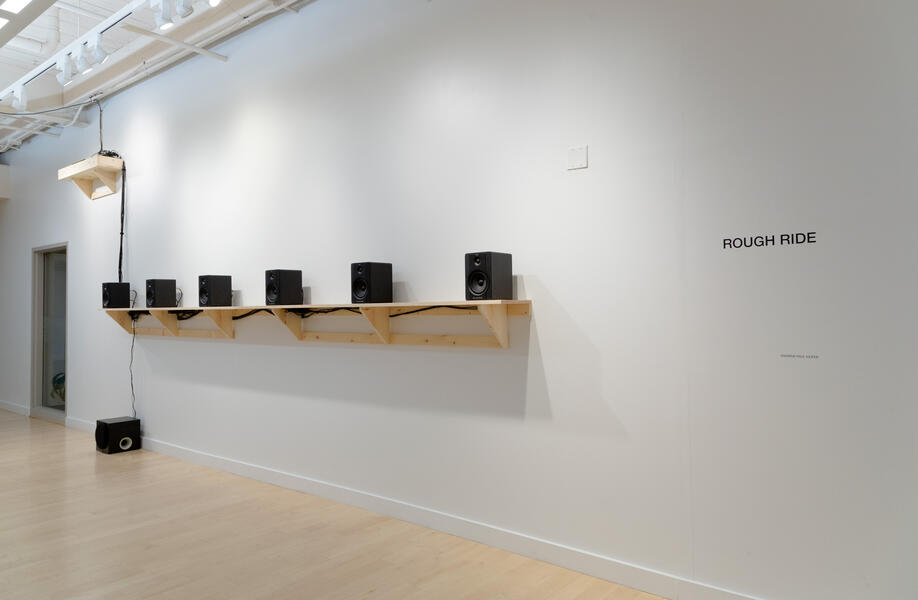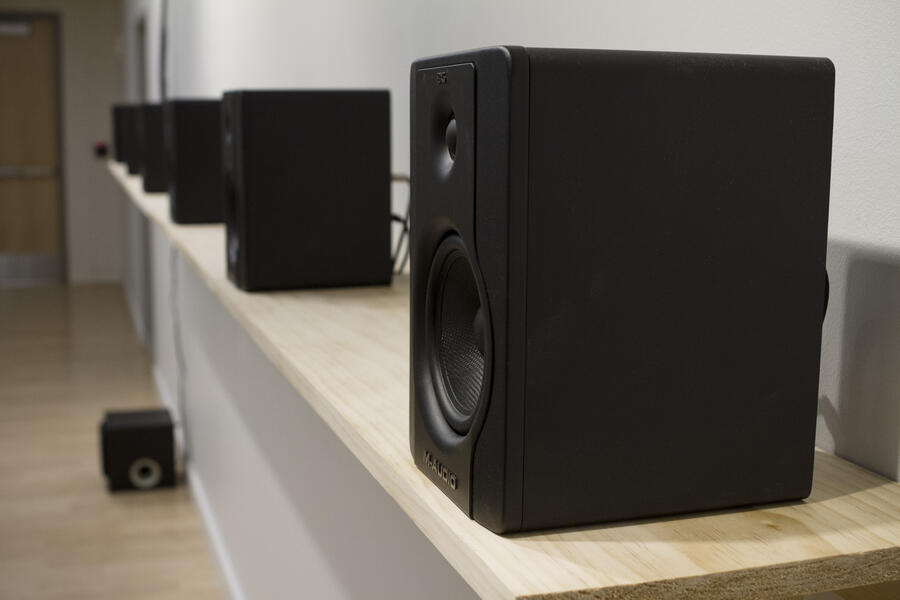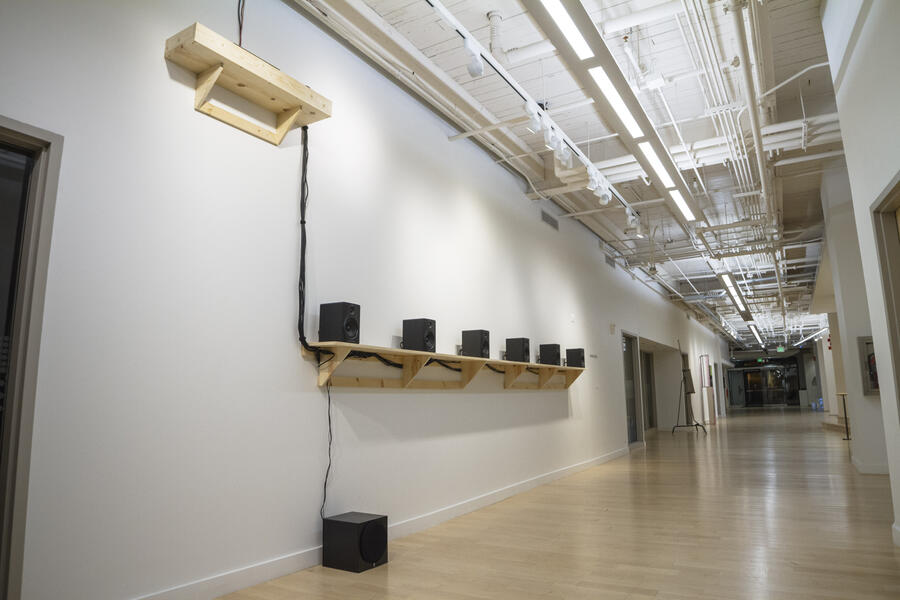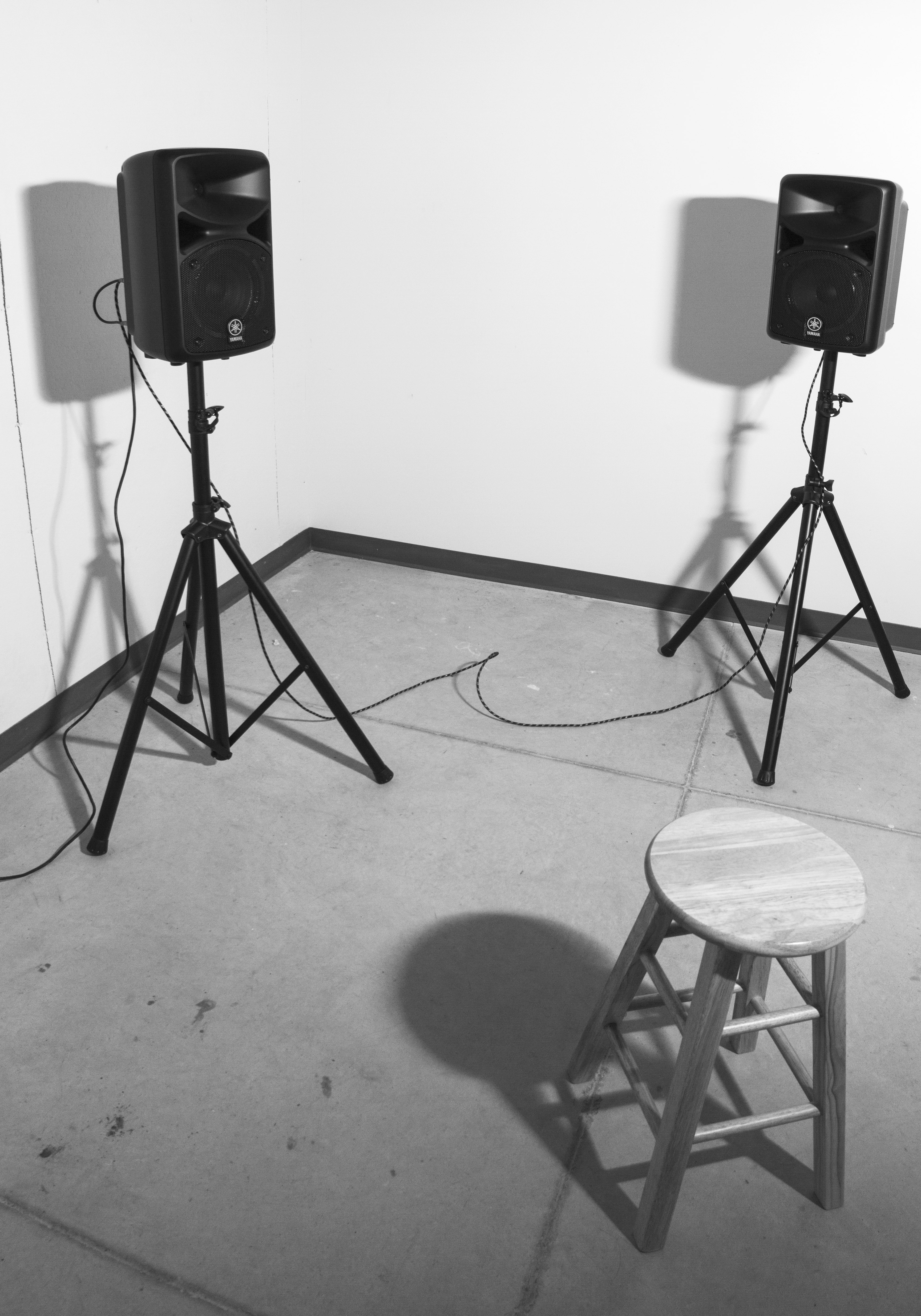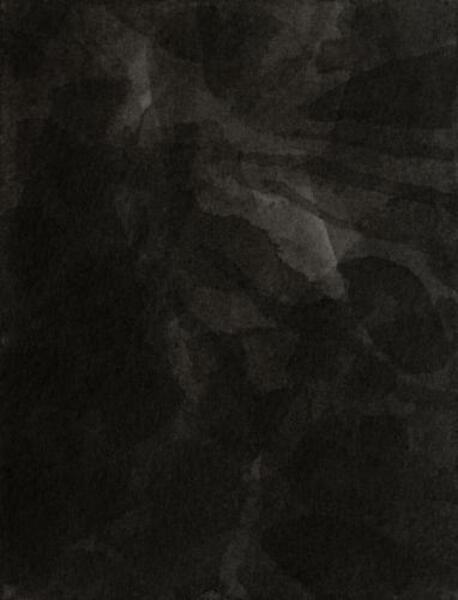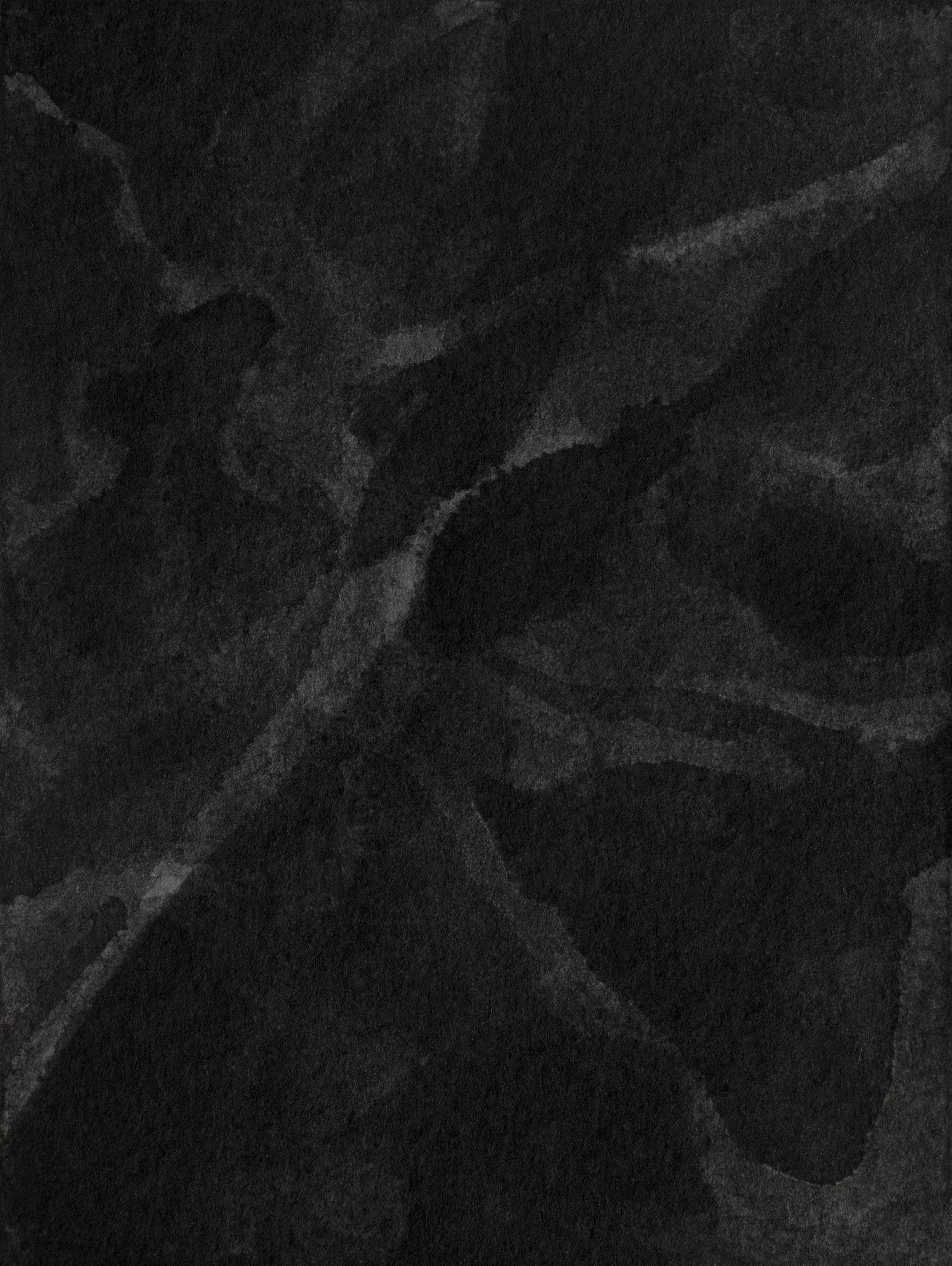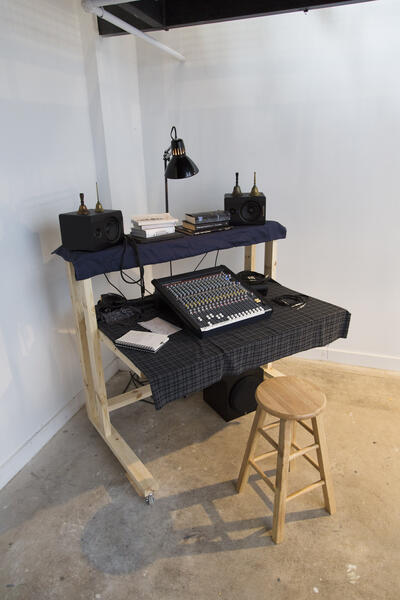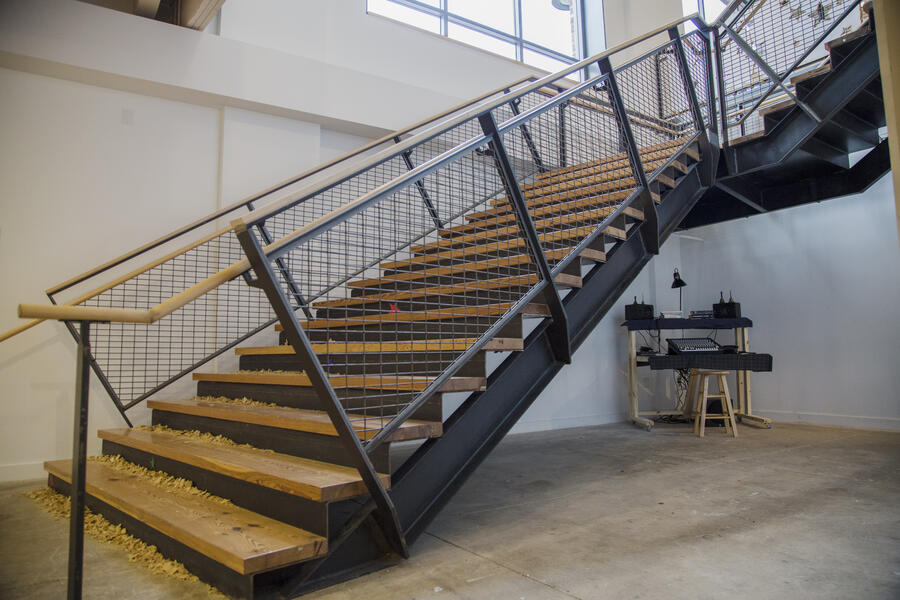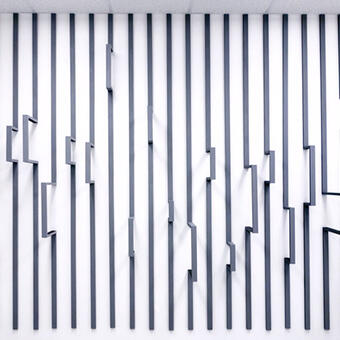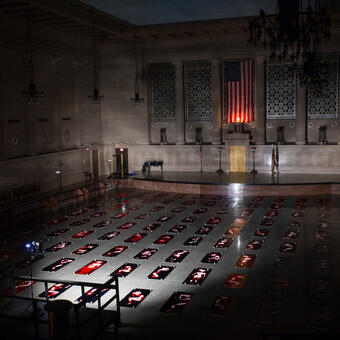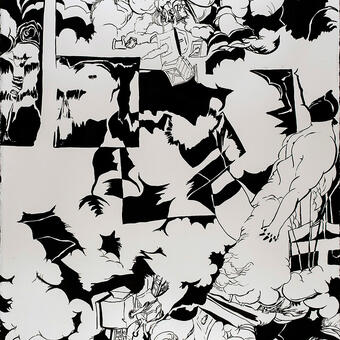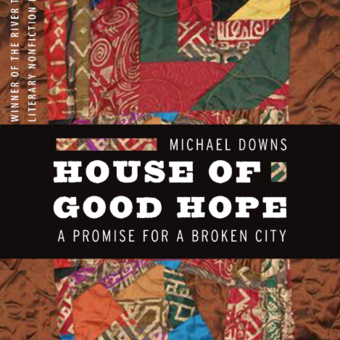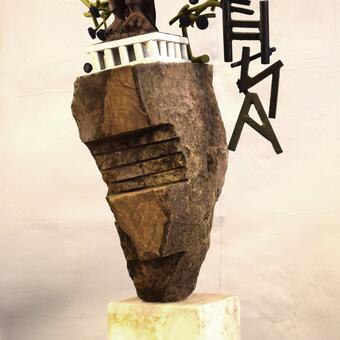About Andrew
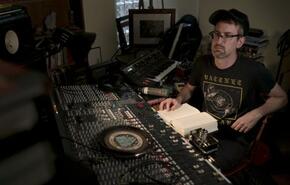
Andrew Paul Keiper is a sound artist based in Baltimore, Maryland, where he is faculty in the Animation and Film programs at the Maryland Institute College of Art.
His recent work addresses themes including the legacy of nuclear weaponry, race and white supremacy in Baltimore, and the frontier between sound art and experimental music. Andrew’s art has spanned the gamut from painting and woodworking to video and performance, but currently he primarily… more
Manhattan Project
Manhattan Project seeks to evoke the creation of the atomic bomb from the perspective of an engineer, enmeshed in the defining political conflicts of the era. The droning of calutrons used to enrich uranium and the 44.4 second long free fall of the bomb find their place alongside propaganda, crooner Perry Como, and the "Internationale" in the soundscape of the piece.
-
Manhattan ProjectThis 5-channel sound-based work was prompted by the life of my grandfather, Lovell Cardenas. An engineer, Lovell helped to develop the first nuclear weaponry during World War II as an employee of the Manhattan Project. He was secretive about his work, as he was about much else in his life – Lovell was a communist working within the military industrial complex, and maintained romantic liaisons outside his marriage. Manhattan Project seeks to evoke the creation of the atomic bomb from the perspective of an engineer, enmeshed in the defining political conflicts of his era. The droning of calutrons used to enrich uranium and the 44.4 second long free fall of the bomb find their place alongside propaganda, crooner Perry Como, and the Internationale in the soundscape of the piece.
-
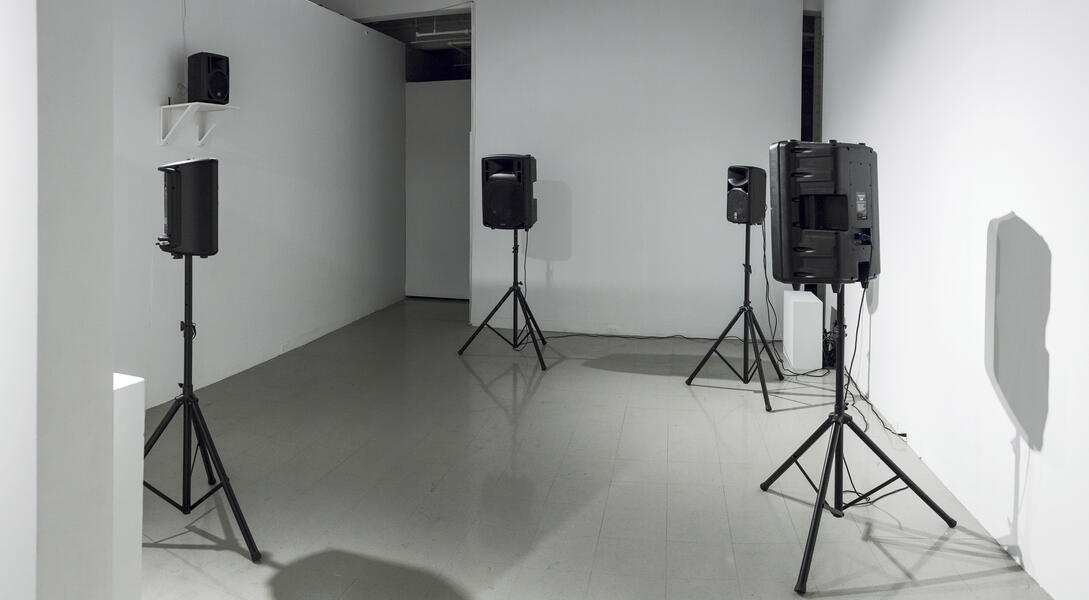 Manhattan Project (installation view)
Manhattan Project (installation view) -
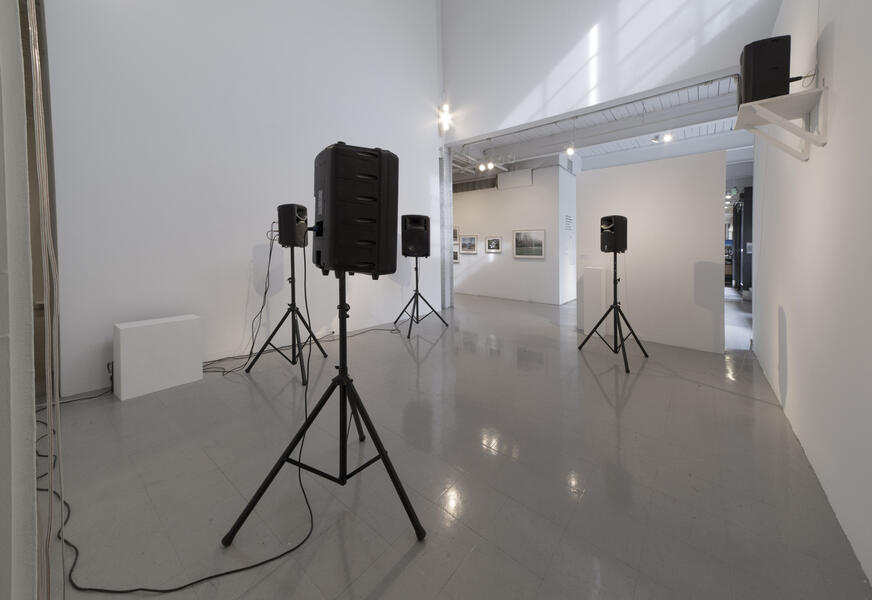 Manhattan Project (installation view)Manhattan Project (installation view), as installed in MICA's Meyerhoff Gallery in 2016.
Manhattan Project (installation view)Manhattan Project (installation view), as installed in MICA's Meyerhoff Gallery in 2016. -
 Manhattan Project takeaway cards
Manhattan Project takeaway cards -
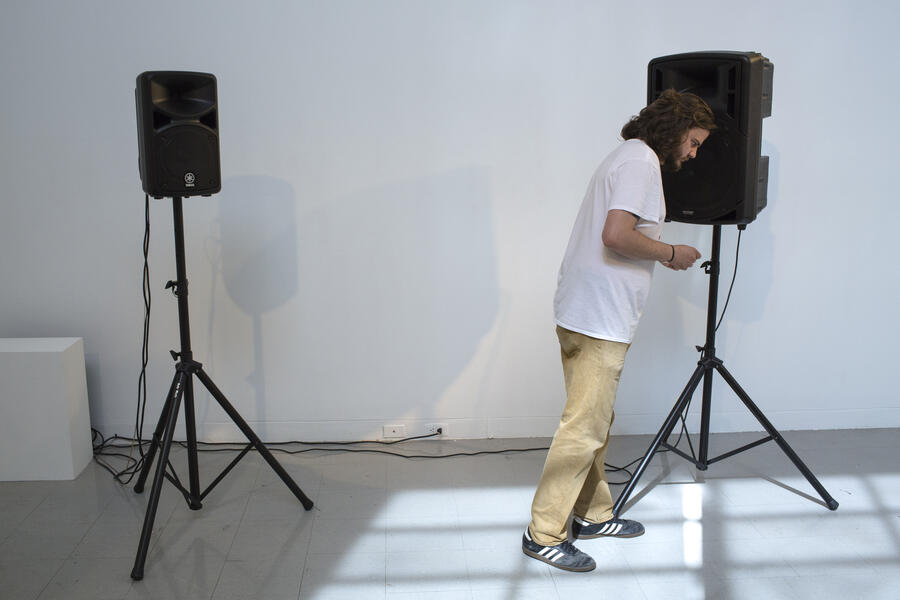 Manhattan Project (installation view)
Manhattan Project (installation view) -
 Manhattan Project (installation view)
Manhattan Project (installation view) -
 Manhattan Project (installation view)
Manhattan Project (installation view)
Rough Ride
This piece folds the narrative of events over itself, playing the sounds of protest, politicians' awkward, tone-deaf speeches, the breathless, pro-police biased coverage of the media, and push back against it from fed-up community members alongside audio portraying the rough ride itself, putting the listener in the position of Gray inside the van. The sounds of the Uprising rise in intensity along with the vehicular sounds of the ride towards an overwhelming, cataclysmic crescendo. These sounds play out from six speakers on a 16 foot long shelf, offering no opportunity to hear and comprehend the entire sequence of events from any given position. The listener must choose what they will hear, and what they will avoid hearing. Above, the sound of the Baltimore Police Foxtrot helicopters unceasingly play from three speakers hung from the celling, a constant reminder of the surveillance state, and the violence that flows from it.
Niels Bohr 4
This work was exhibited as part of the 2016 Sondheim Artscape Semi-finalist Exhibition.
Ash Lexicon-Silverplate
This work is a collaborative installation by Andrew Paul Keiper and Kei Ito. Ito's grandfather was in Hiroshima at the time of the atomic bomb attack, and went on to become an anti-nuclear activist. Keiper's grandfather was an engineer who contributed to the Manhattan Project. This work, Ash Lexicon-Silverplate was installed in the 2016 Young Blood exhibition at Maryland Art Place, in Baltimore, MD. The film canisters, 108 in number, are filled with ash from a burnt Japanese dictionary, identical to the one owned by Ito's grandfather, which was burned in the nuclear attack on Hiroshima. The audio considers the Silverplate series of B-29 bombers used in the attacks on Hiroshima and Nagasaki, including the Enola Gay and Bockscar, and imagines the lost recording made of the Hiroshima bombing run made on a reel-to-reel wire recorder.
Andrew and Kei's work together seeks to find mutual understanding and reconciliation through examining our shared history. We hope to evoke a sense of loss and mourning, even while asserting that we have the power to forge a world without the looming nightmare of nuclear war.
Kei Ito's Baker Portfolio can be found here.
-
Ash Lexicon-Silverplate
-
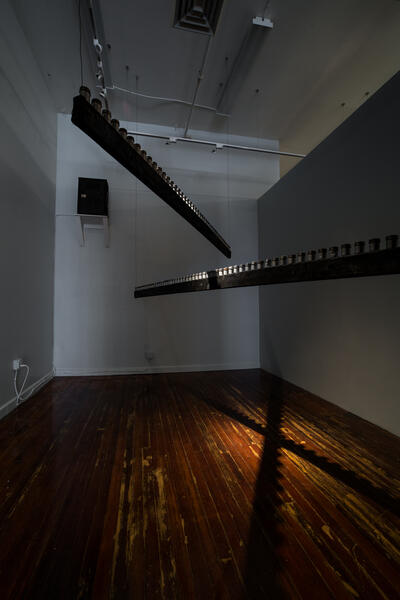 Ash Lexicon-Silverplate (installation view)
Ash Lexicon-Silverplate (installation view) -
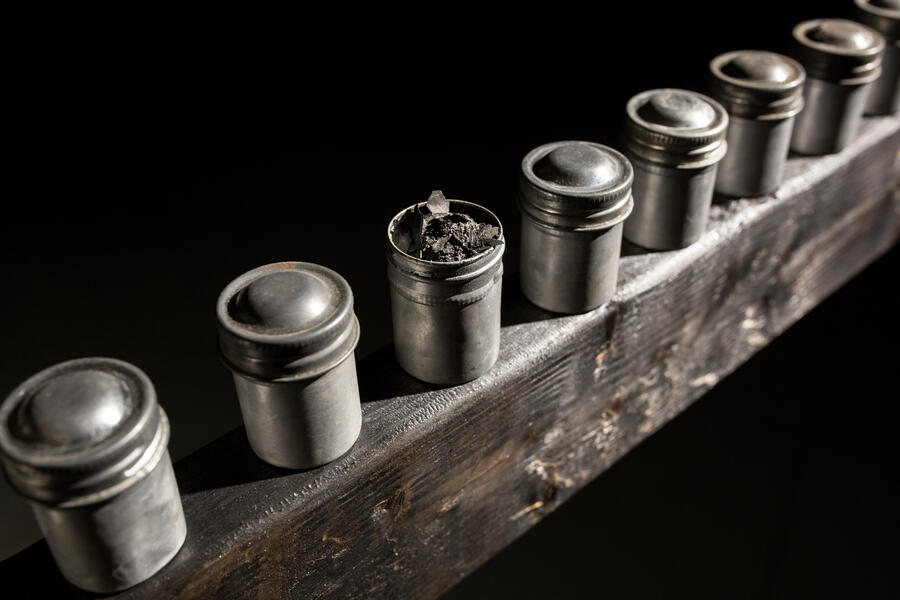 Ash Lexicon-Silverplate (installation view)
Ash Lexicon-Silverplate (installation view) -
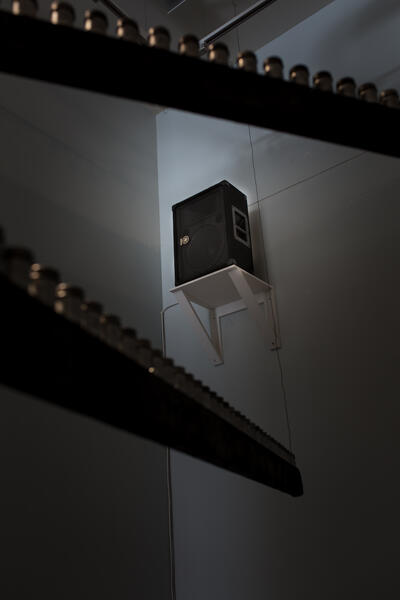 Ash Lexicon-Silverplate (installation view)Ash Lexicon-Silverplate (installation view), as installed at Maryland Art Place for the Young Blood 2016 exhibition.
Ash Lexicon-Silverplate (installation view)Ash Lexicon-Silverplate (installation view), as installed at Maryland Art Place for the Young Blood 2016 exhibition. -
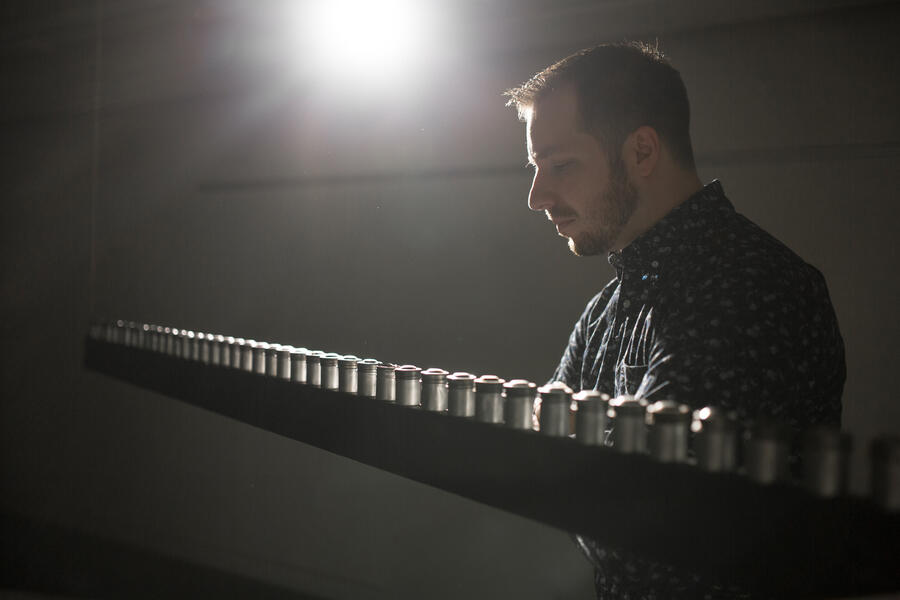 Ash Lexicon-Silverplate (installation view)
Ash Lexicon-Silverplate (installation view) -
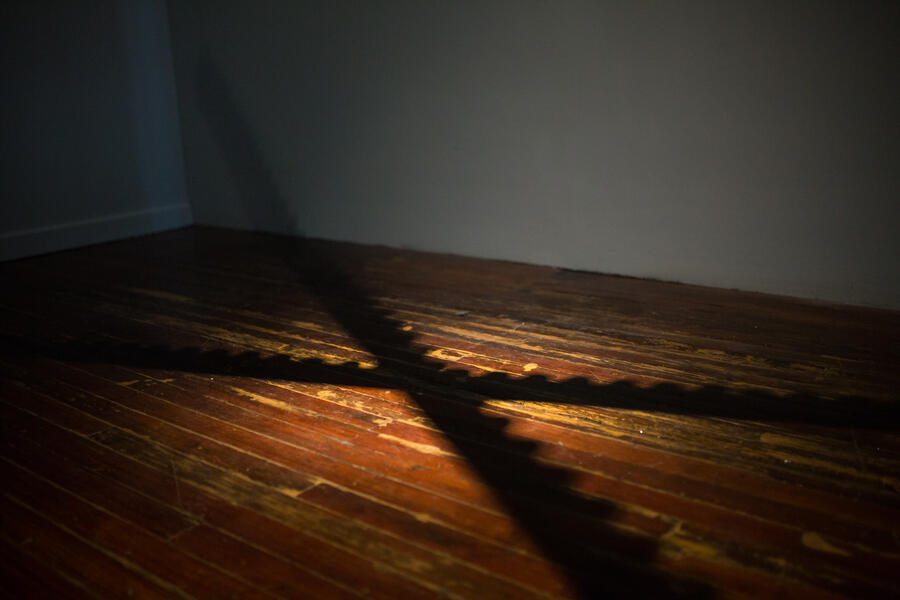 Ash Lexicon-Silverplate (installation view)
Ash Lexicon-Silverplate (installation view)
REDACTIONS
The ink works might be read as redactions, as one might find in a partially declassified document. At the same time, they can be read as depicting the processes of effects of nuclear weaponry. The two readings operate together as an uneasy palimpsest.
The audio recordings imagine an archive of SIGINT (signals intelligence) or surveillance recordings, presented without clarifying commentary. Hiss, hum and signal drop-out present the listener with additional obscurity to the already mysterious recordings.
Overture (Hollow Earth)
This piece was exhibited in the 2016 MICA Graduate 1st Year Juried Exhibition in installation form. The sound played out from studio speakers, in a tableaux that emphasizes the constructed nature of the piece, and puts the listener in the position of an audio engineer.





